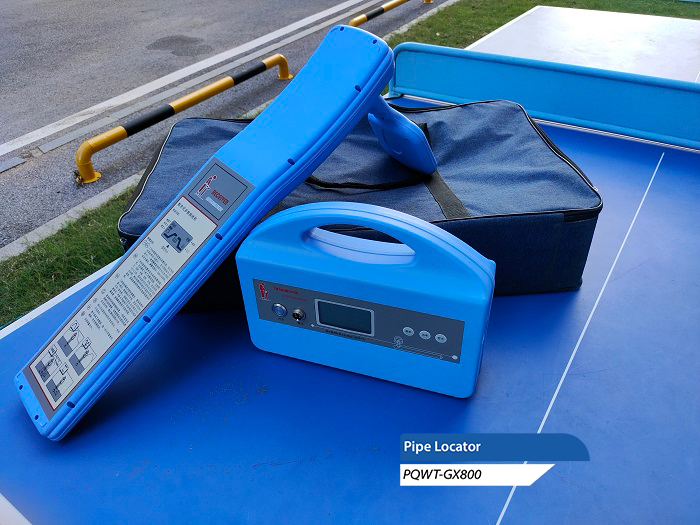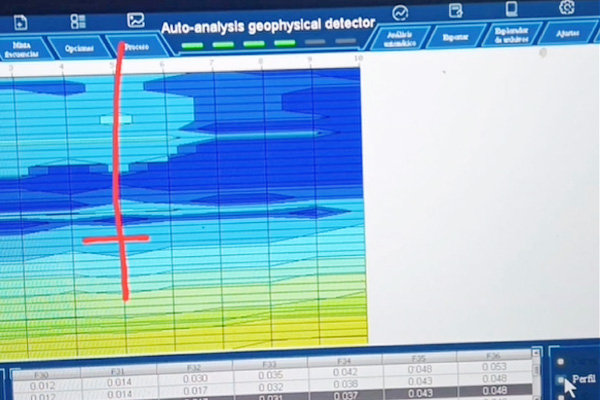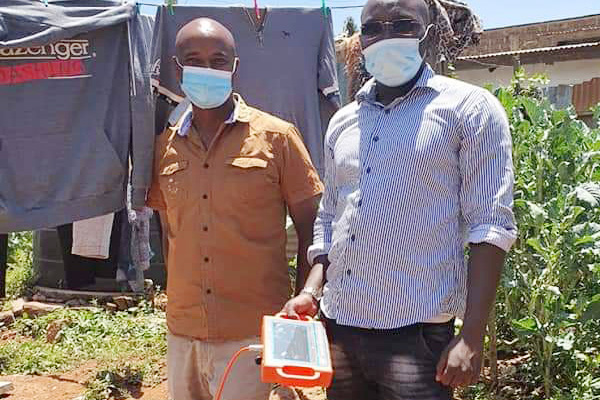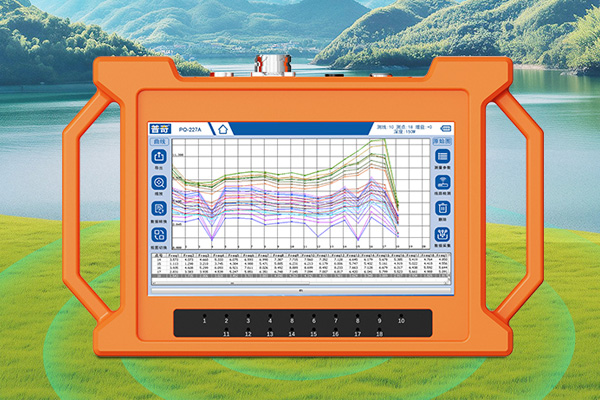Cable&Pipe Locator is an electronic device used to locate underground pipelines such as water supply pipelines, gas pipelines, cables, etc. Accurately locating the location of these underground facilities is crucial in the process of urban construction, maintenance, and renovation to avoid accidental damage during construction. The development of pipeline detection technology has greatly improved the efficiency and safety of underground pipeline management.

Overview of Working Principle
Cable&Pipe Locator mainly detects the location of underground pipelines by emitting electromagnetic waves of specific frequencies and utilizing the principle of electromagnetic induction. According to different working methods, Cable&Pipe Locators can be divided into two categories: active detectors and passive detectors.
Active detector
An active detector determines the position of a pipeline by sending a signal of a known frequency to the target pipeline and then receiving the information reflected back from the signal. This detection method usually requires connecting a transmitter directly to the pipeline or using induction to signal the pipeline. When signals propagate along pipelines, detectable magnetic field changes are generated on the ground. By moving the receiver and measuring changes in magnetic field strength, the approximate direction and depth of the pipeline can be traced.
Passive detector
Unlike active detectors, passive detectors do not need to send signals to the target pipeline. It is mainly used to detect changes in electromagnetic fields emitted or reflected by underground pipelines themselves. For example, the current around a power cable generates an electromagnetic field, which can be captured by passive detectors to locate the position of the cable. This method is applicable to pipelines that already carry electrical signals, such as power lines.
Technical features
Frequency selection: Different pipeline materials and applications may require the use of signals of different frequencies for detection. For example, metal pipelines typically respond better to mid to high frequency signals, while non-metal pipelines may require the use of low-frequency signals.
Depth measurement: Modern Cable&Pipe Locators can not only display the location of pipelines, but also estimate their burial depth. This is usually achieved by analyzing the relationship between signal attenuation and ground distance.
Anti interference capability: In complex urban environments, electromagnetic interference generated by various electronic devices may affect detection results. Therefore, high-performance Cable&Pipe Locator has good anti-interference performance and can accurately identify target signals from cluttered background noise.
Application Fields
Cable&Pipe Locator is widely used in various fields such as urban infrastructure construction, public utility maintenance, archaeological exploration, etc. They help staff to safely and effectively complete the exploration tasks of underground pipelines, reducing losses and inconvenience caused by accidental excavation.
In short, with the advancement of technology, the functions of Cable&Pipe Locator are becoming increasingly powerful and the operation is becoming easier, providing important support for the safety management and maintenance of underground pipelines.








